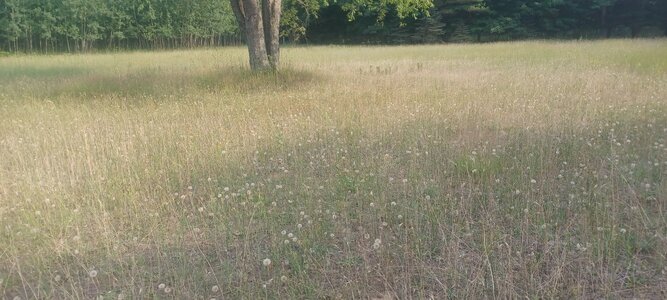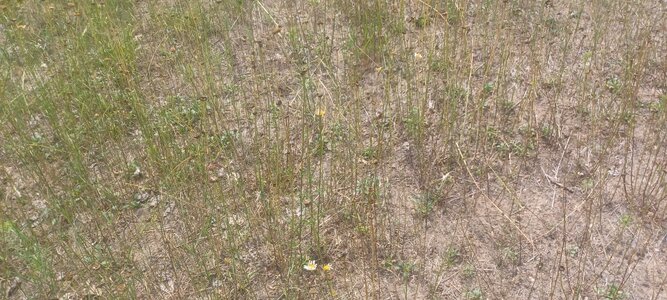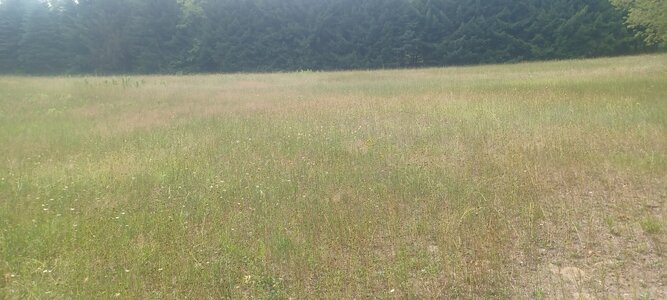yoderjac
Well-Known Member
Yes, a natural level of O2 is needed in the soil. For example, if you highly compact clay you won't have enough O2. In a case like that, where the soil has been abused (like on a logging deck), you may need deep tillage with a sub-soiler to remove the compaction before building OM. An undisturbed soil usually has a good balance. You get the right level by building OM. This is best done by a good mix of C and N producing crops, which also happen to be good deer food. Both the roots and tops will decay and begin to add the OM for restoring a good microbiome.I thought oxygen in the soil was a good thing. Isn't it necessary for legumes to bond nitrogen?
Think about how stuff grows naturally with no commercial fertilizer. Most of a deer's diet come from native foods. Food plots are supplemental. On undisturbed soil there is a normal nutrient cycling providing sufficient fertilization for the native plant community located on that soil. Different fertility soils will support different plant densities.
Check out the video at the beginning of this thread: Weed Management Thread. It shows the level of nutrients required by deer and what native plants produce. It gives you some perspective.
By the way, I'm not anti-tillage. There are situations where it is beneficial. One is the case of compaction above. Another is that occasional soil disturbance like fire or light disking can be a good technique for encouraging high quality native foods. It is the deep and frequent tillage from traditional agriculture that can be problematic.



